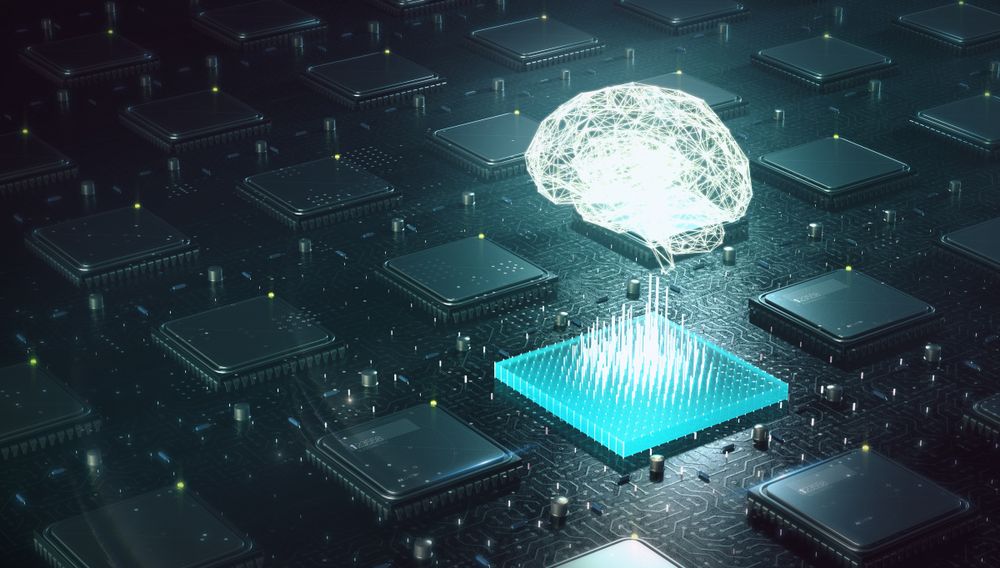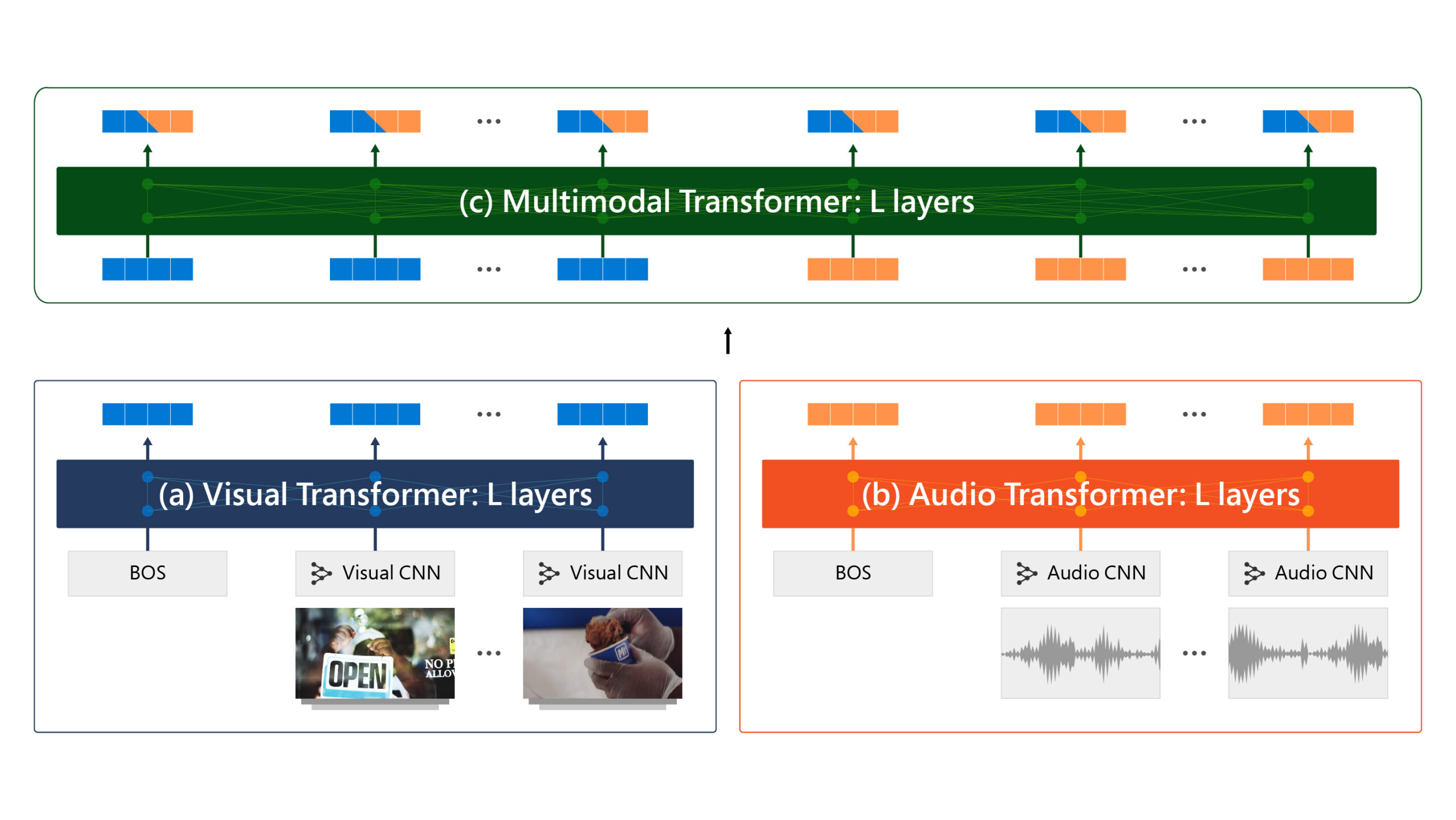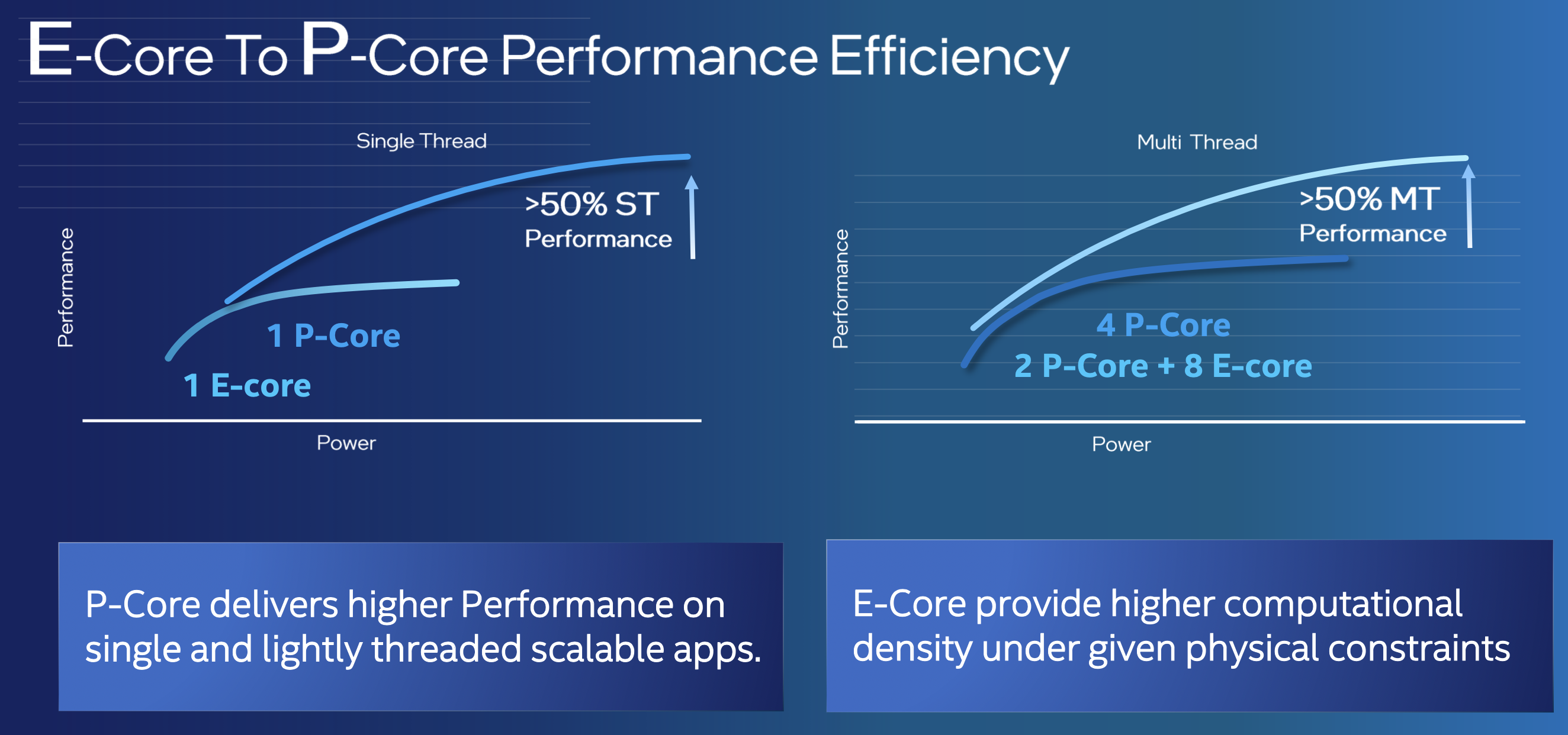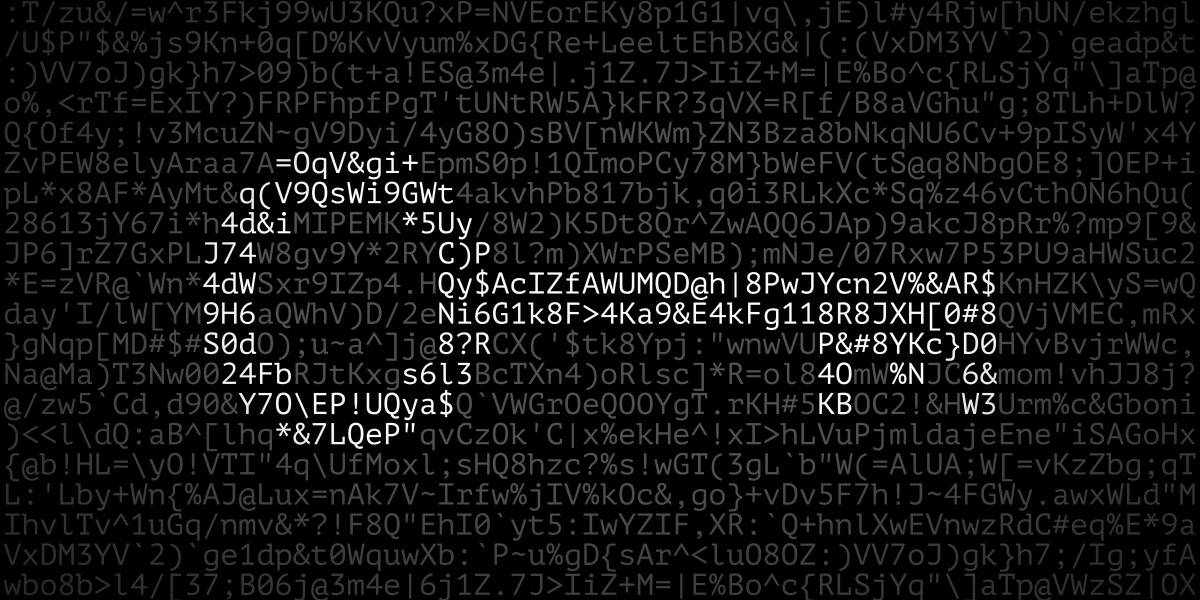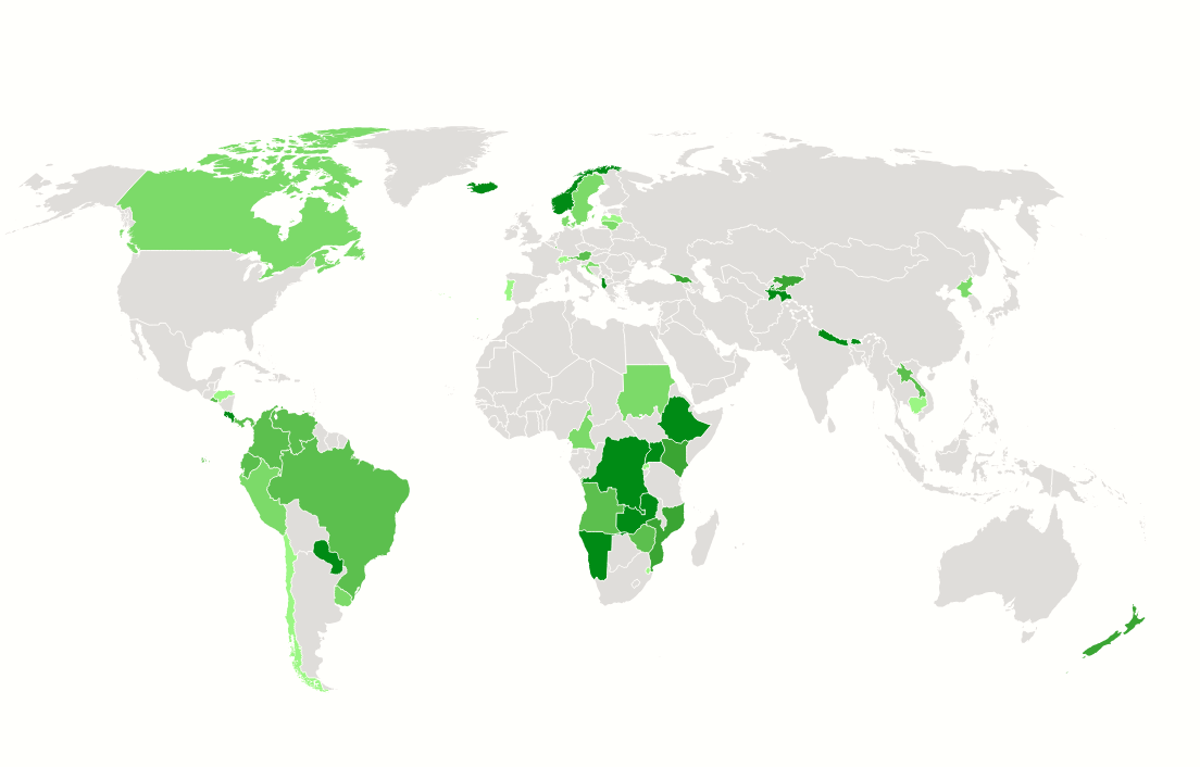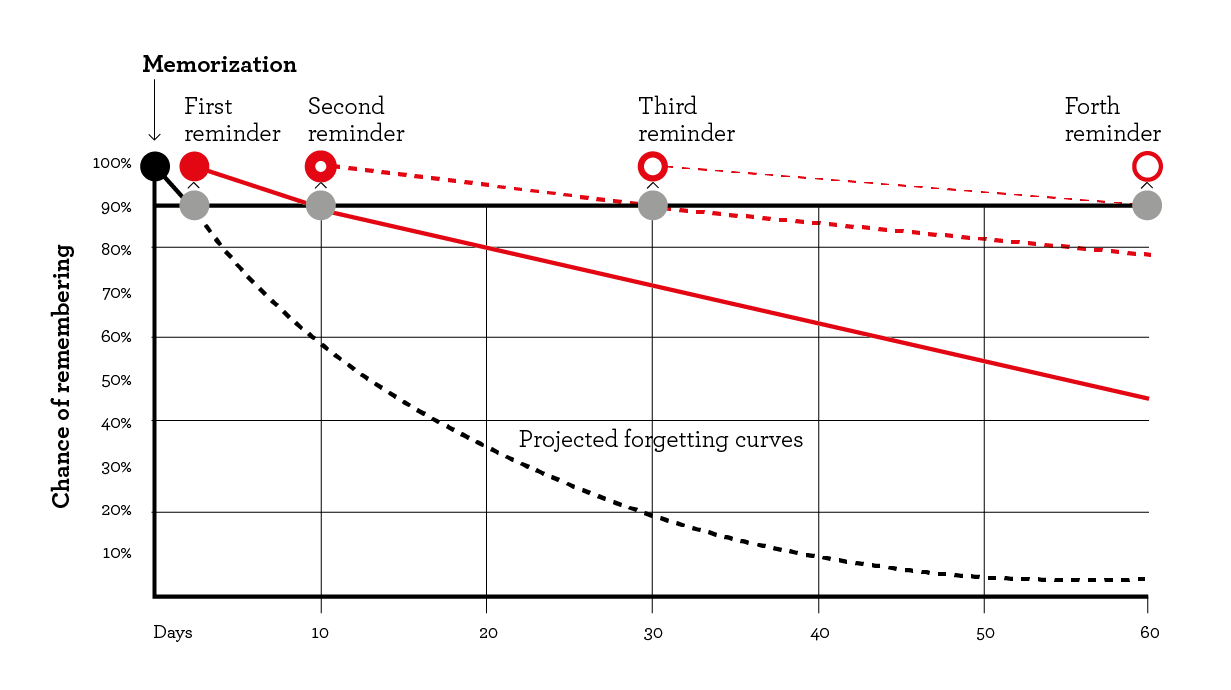
The Spacing Effect: How to Improve Learning and Maximize Retention
We are not taught how to learn in school, we are taught how to pass tests. The spacing effect is a far more effective way to learn and retain information that works with our brain instead of against it. Find out how to use it here.
The most important metaskill you can learn is how to learn. Learning allows you to adapt. As Darwin hinted, it’s not the strongest who survives. It’s the one who easily adapts to a changing environment. Learning how to learn is a part of a “work smarter, not harder” approach to life—one that probabilistically helps you avoid becoming irrelevant. Your time is precious, and you don’t want to waste it on something which will just be forgotten.
During the school years, most of us got used to spending hours at a time memorizing facts, equations, the names of the elements, French verbs, dates of key historical events. We found ourselves frantically cramming the night before a test. We probably read through our notes over and over, a gallon of coffee in hand, in the hope that the information would somehow lodge in our brains. Once the test was over, we doubtless forgot everything straight away.1
Even outside of formal education, we have to learn large amounts of new information on a regular basis: foreign languages, technical terms, sale scripts, speeches, the names of coworkers. Learning through rote memorization is tedious and—more important—ineffective. If we want to remember something, we need to work with our brains, not against them. To do that, we need to understand cognitive constraints and find intelligent ways to get around them or use them to our advantage.







